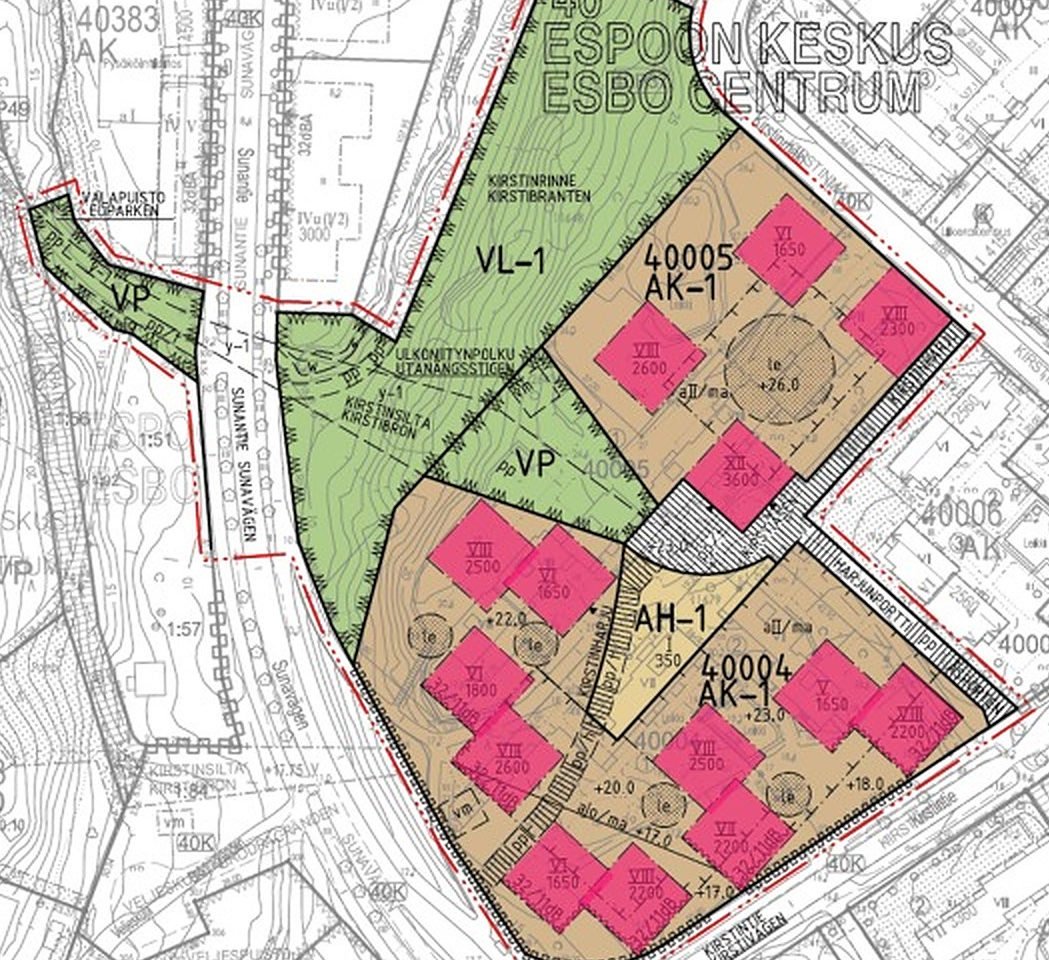Storing solar power via borehole thermal energy storage
Source: Emilliano Bellini | · PV-MAGAZINE · | January 30, 2022
An international group of researchers has proposed the use of borehole thermal energy storage (BTES) to store PV electricity during warmer parts of the year in residential districts. It has designed a low-temperature hybrid energy system that can purportedly cover between 38% and 58% of district heating demand.
The proposed system configuration is applicable to locations with a high seasonal mismatches between solar radiation and heating demand. It was simulated with TRNSYS software, which is used to simulate the behavior of transient renewables systems. It was modeled via Simulink (MATLAB), in order to read the simulation results and complete the life-cycle calculation.
The system is based on the use of PV systems, air-to-water heat pumps (AW-HPs), water-to-water heat pumps (WW-HPs), a buffer tank for short-time heat storage, and BTES for seasonal heat storage. Additional heat energy may be imported from the district heating network, when needed, as the system is not fully self-sufficient.
It uses PV electricity to power the AW-HPs and provide heat to the buffer tank.
“Once the temperature in the tank reaches the upper limit, the heat energy is discharged from the buffer tank to the BTES,” the scientists explained, noting that the discharge mode operates in the winter. “Finally, WW-HPs, connecting the BTES and buffer tank, operate during the discharge period to heat the water in the buffer tank so that the required temperature of the building heating network can be met.”

